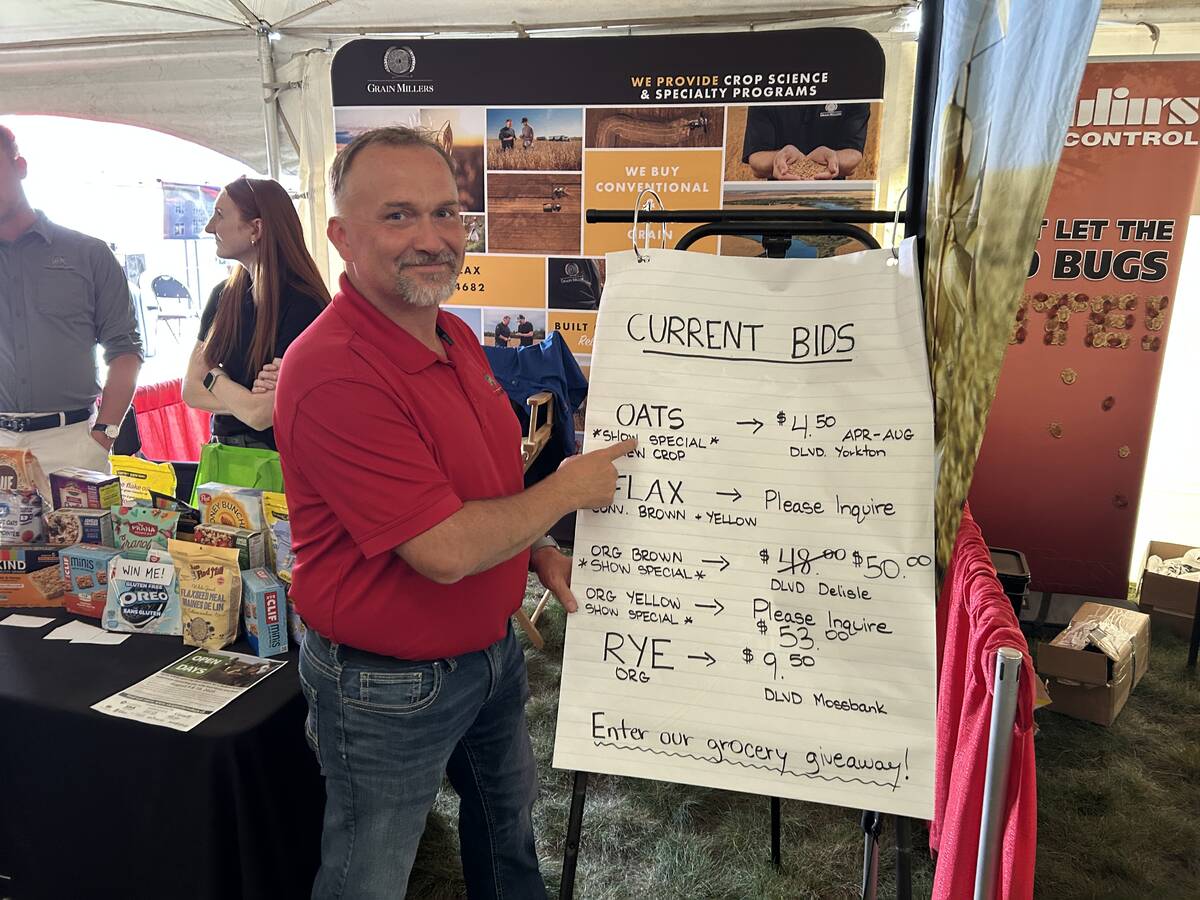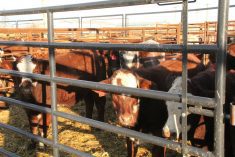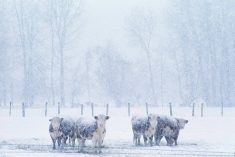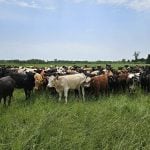Record prices were a tremendous boon to the Manitoba cattle industry in 2023, but the sector continued to struggle with significant problems during the year, according to Manitoba Beef Producers general manager Carson Callum.
“I think the high prices were one of the big things leading to optimism within the sector,” he said. “There’s been a number of years with poor live cattle prices, that combined with inflationary pressures, it’s been quite challenging.”
He also cited the declining number of cattle ranchers, not only in Manitoba, but across Canada and the United States. Within the province, he noted the weather over the last few years helped push ranchers out of the industry.
Read Also

Canada’s oat crop looks promising
Oat market demand is strong. At the same time, Canada’s planted oat area is up an estimated 2.6 per cent from last year and 2025 yields may be up 2.8 bushels to the acre.
“We had a couple of years of really challenging weather conditions,” Callum said, pointing to the 2021 drought, a small reprieve in 2022, and a rather spotty 2023.
It’s not only weather that led to fewer ranchers; it’s their demographics in general.
“Lots of guys are getting up there in age and are looking to move on to the next things in life,” Callum said.
As those leaving the provincial cattle industry dispersed their herds, other ranchers scooped up some of the cattle. Nevertheless, reports in 2023 highlighted the number of cattle throughout North America dropped to levels unseen since the 1960s.
The industry also continued to struggle with the shortage of trucks and truck drivers to haul cattle.
“That one is a difficult one. I don’t think there’s a silver bullet to fix the transport industry,” Callum said, noting the trucking issue affects more than the cattle sector.
He also raised another shortage – veterinarians in rural Manitoba.
“We’ve seen some positive developments in the seat numbers at the Western College of Veterinary Medicine in Saskatoon,” Callum said, pointing to the extra five spots designated for students with rural backgrounds.
Predators and cattle theft were other problems.
“With [Manitoba] being a larger cow-calf industry, with a lot of those animals growing up on pasture conditions and out on the natural landscapes, predation pressure seemed to have increased from our perspective,” Callum said.
MBP worked with the province to maintain compensation and devise strategies to reduce predation.
As for theft, Callum said MBP wants Manitoba to have a dedicated RCMP officer who focusses on agricultural-related theft, similar to what Saskatchewan has had for years. Also, there’s a need for expanded inspection services.
“Whether we can do it is the question, in a cost-effective way. Something needs to be done.”
Going into 2024, Callum said more snow would help growing conditions and spring runoff, “and we are hoping for continuous favourable market prices.”




















